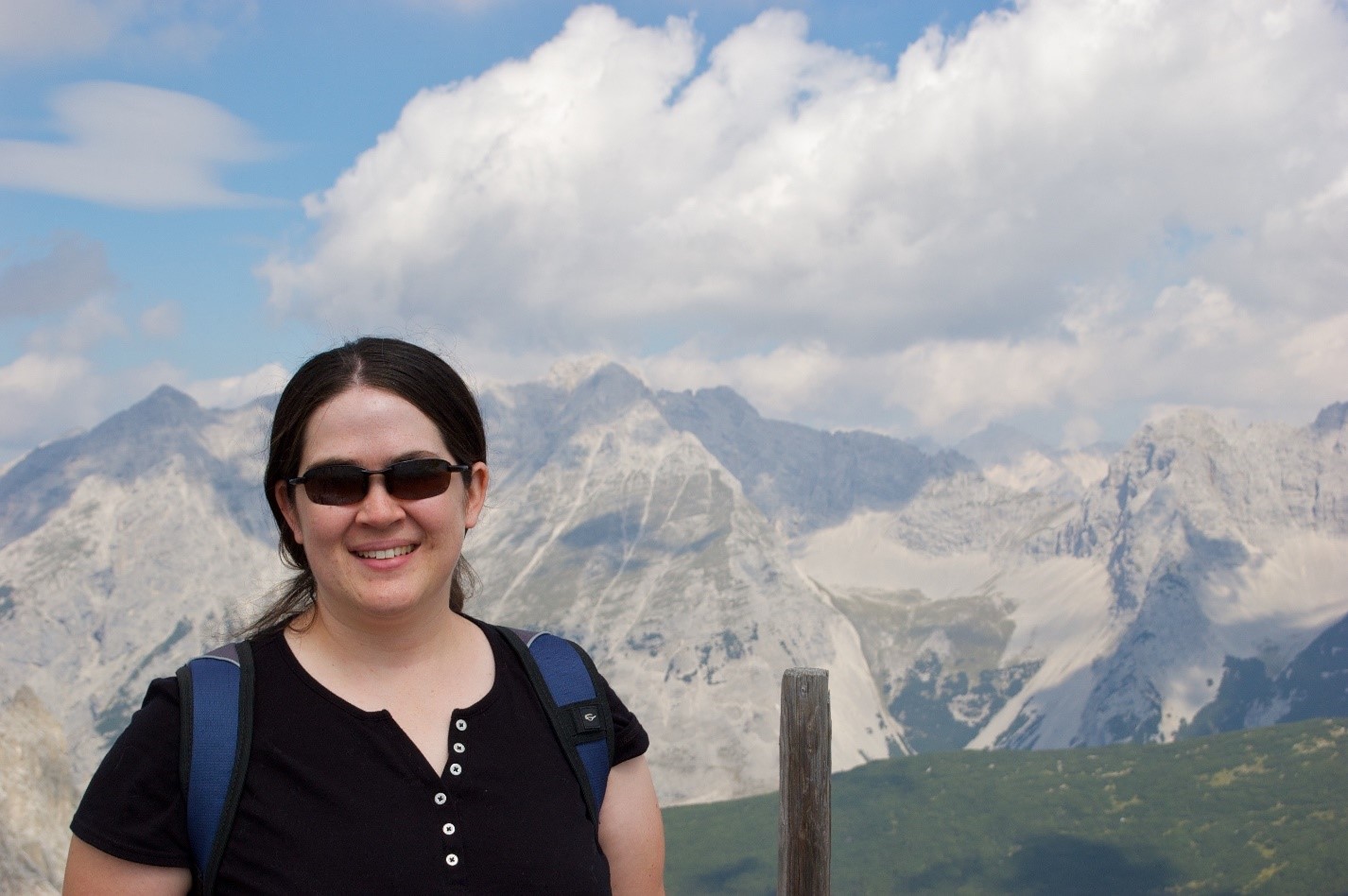
A Colorado State University investigator of precipitation physics merges cloud models and observations to understand precipitation rates and storm dynamics
A few years ago, Colorado State University atmospheric scientist Brenda Dolan was talking about nature with her older daughter, then 3 years old.
The young observer noted, “I wonder why some clouds make thunder and lightning, and some don’t.”
Dolan, an expert on cloud microphysics with a PhD behind her, could muster only one reply.
“I wonder that too,” she said.
The conversation revealed that scientists always need to know more.
“These are the types of questions that get us thinking about the world around us,” says Dolan, who, these days, is trying to figure out how, precisely, rain is made in a cloud.
She is the principal investigator of a 2017-2020 project supported by the U.S. Department of Energy’s (DOE) Atmospheric System Research program, which funds research designed to improve understanding of atmospheric processes that limit the predictive ability of regional and global climate models.
Dolan and her co-investigators—Steven Rutledge and Susan van den Heever, both at Colorado State—are trying to merge observations and cloud models in such a way that the microphysics of clouds (how they work, in detail) can be inferred from routine surface observations.
They are using observational data from a number of fixed observatories and field campaigns overseen by DOE’s Atmospheric Radiation Measurement (ARM) user facility, which has recorded precipitation measurements and trends for decades.
The ASR project asks how water drops are formed, then shaped into a distribution curve that produces rain at the surface.
“That might not seem important,” says Dolan, who has studied clouds and rain since her earliest graduate school days. “But it actually has big implications for how we are able to measure rain from radars and radars in space. And for how we understand these processes and implement them in a model.”
Inferences from Observations
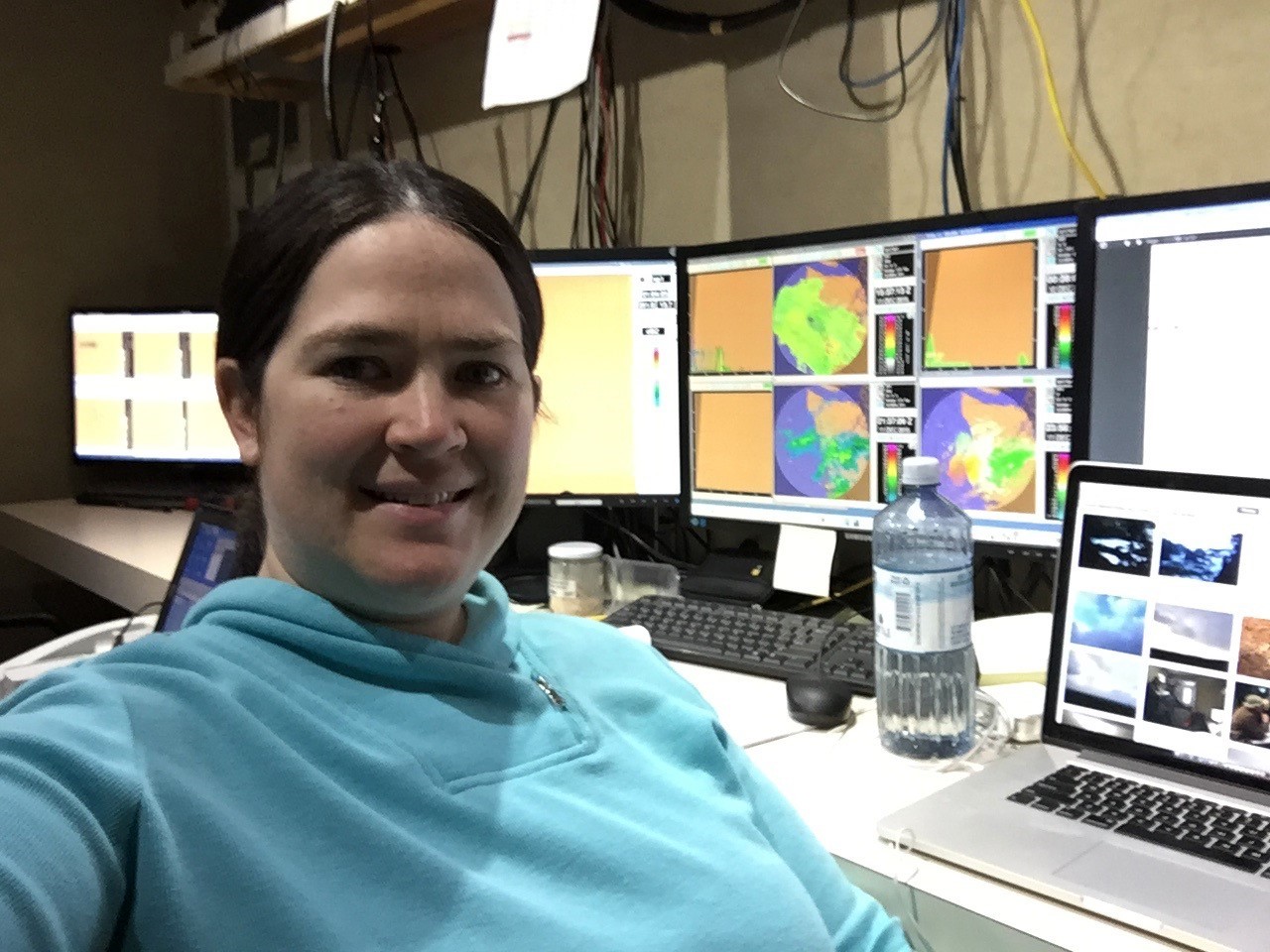
Observations for the ASR project are from ARM radars and disdrometers and from NASA field projects.
Disdrometers are rain gauges that measure the diversity of drop sizes from rainfall. For the most part, the type Dolan is using grab images of drops as they fall through a laser beam or in front of a camera.
The ARM data is from a variety of tropical, boreal, and mid-latitude regimes, both marine and continental.
Dolan and her colleagues use these measures of drop-size distributions of rain to link them to radar readings to gain more insights about processes in the clouds.
“You have these thermodynamic and microphysical feedbacks that we need to know we are getting right,” she says. “Are we getting rain right? Part of that is understanding the distribution of water.”
The project has resulted in one paper so far, an April 2018 study in the Journal of the Atmospheric Sciences. It’s based on observational data and a complicated analytical technique described in the paper called principal component analysis.
“What we found is that there are six ways the rain always comes together,” says Dolan. “That was really cool. Now we can start asking the model: Does it see the same thing we see in these observations?”
She and her coauthors think that they have uncovered a way to see what’s happening in a cloud from long-term and regular observations.
Dolan is a fan of such inferences. As a graduate student, she took a course in cloud physics, which had a lab that required catching snowflakes. (“Use something cold, and black, and cloth,” she says.) Based on snowflake shapes—branched dendrites, let’s say—you can infer something about the temperature and environment of the clouds they came from.
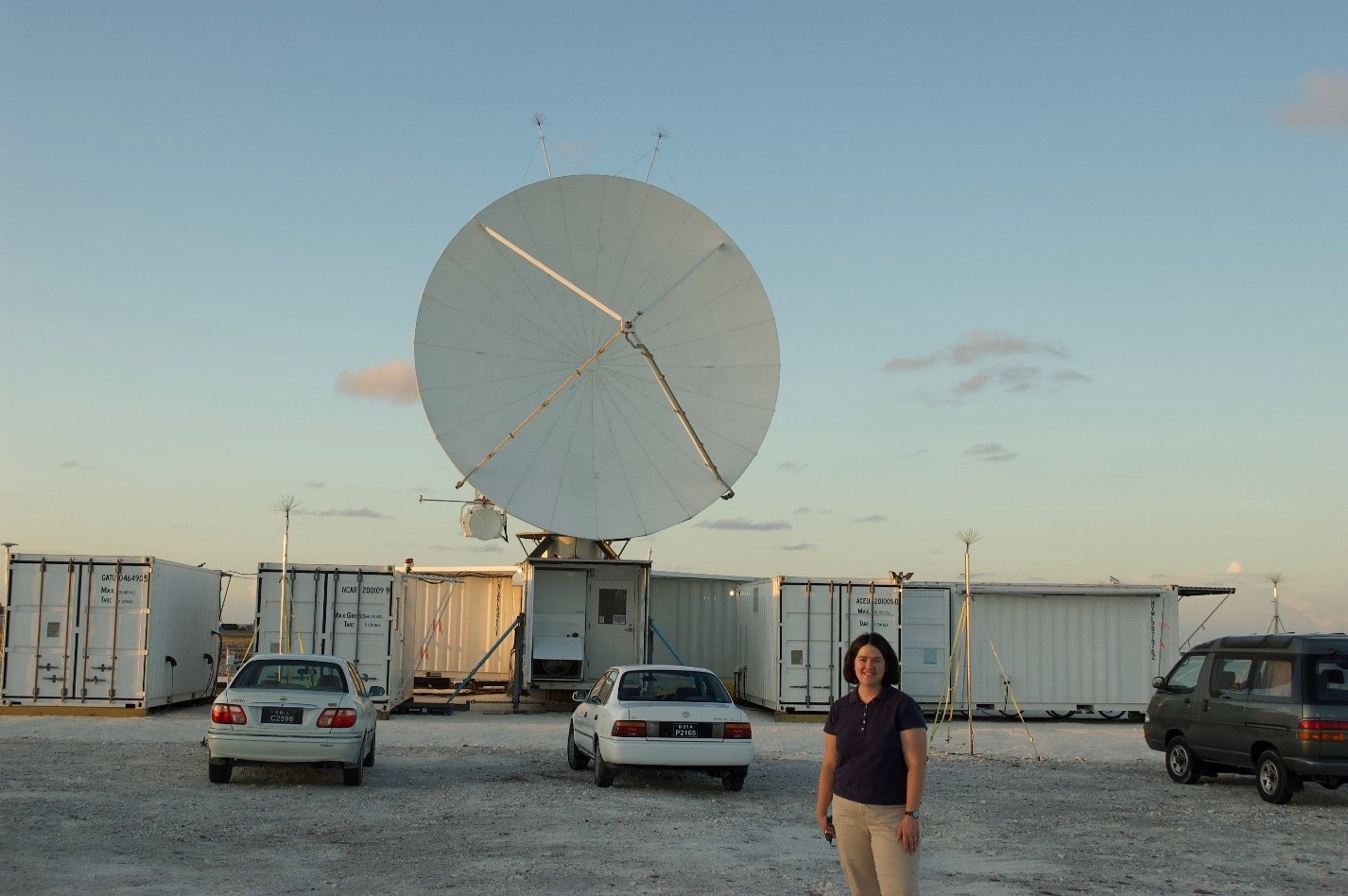
After chasing snowflakes, Dolan had an insight: “Oh. We can see something at the surface and we can infer something that’s happening aloft.”
She adds, “That blew my mind. It’s the origin of my current research.”
More on the Way
Dolan and her colleagues have a couple of other papers in the works related to the ASR project.
One paper is on environmental impacts. If the rain varies in these six ways across the globe, can you link those variances to environmental conditions? Examples include warm cloud depths, surface temperatures, and aerosols.
Meanwhile, the ASR-project group is experimenting with the models they use—primarily the Regional Atmospheric Modeling System (RAMS) and the Weather Research and Forecasting Model (WRF). The operative question is: Can they run the models through the same analysis they put the disdrometers through? Do they get the same six groups?
So far, yes—in a bulk-data sense. But when the researchers look at the details, they see some things in the models they did not see with the observations. So, says Dolan, “we start digging,” in part to vet the observations again.
Highlighting Hydrometers
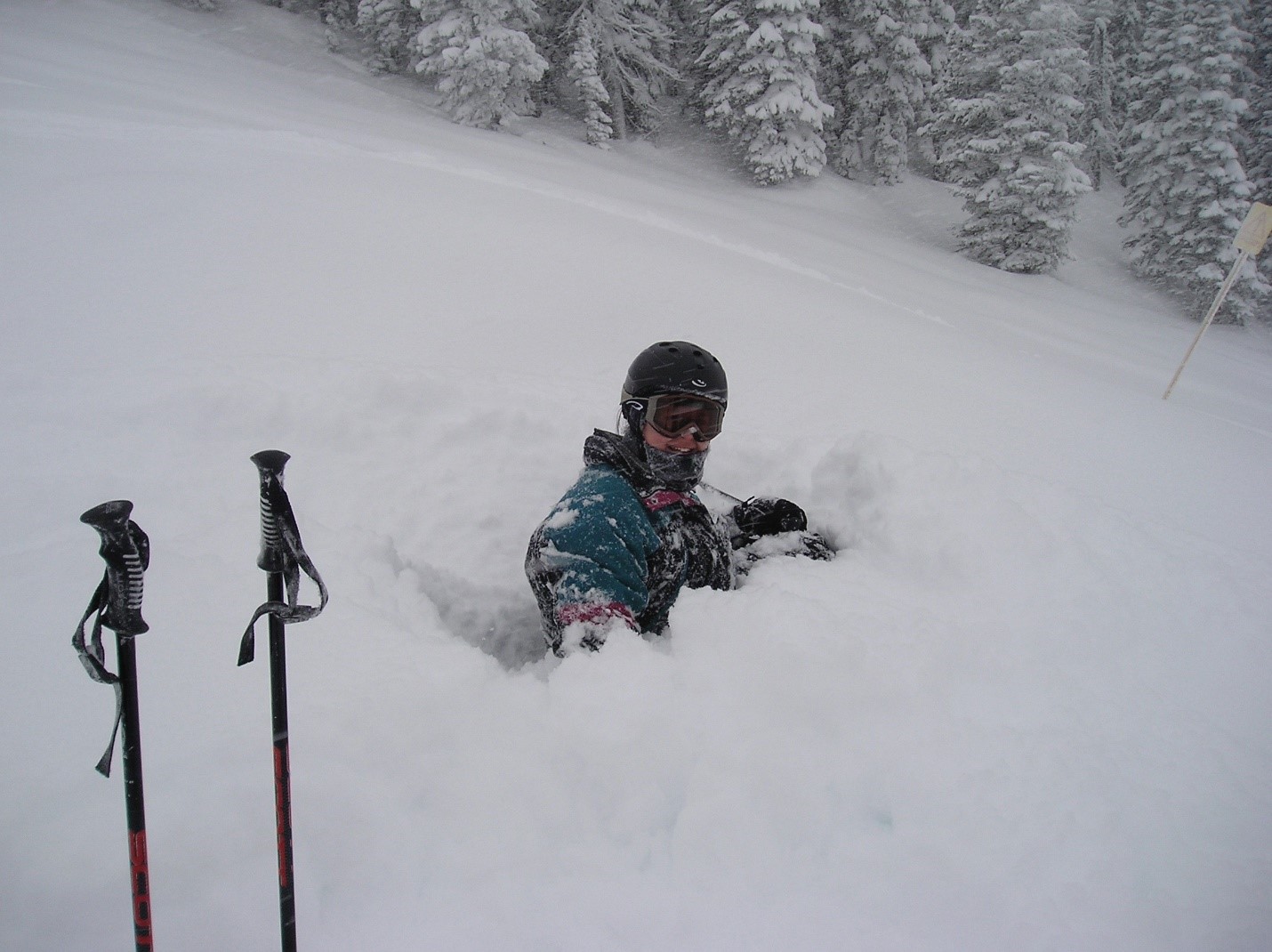
The most highly cited paper in Dolan’s career so far was published in 2009, the year she earned her PhD in atmospheric science at Colorado State. It is evidence of her enduring fascination, up to the present, with nature’s hydrometeors—the clouds, rain, fog, snow, and other water or ice particles formed in the atmosphere.
The paper came from her dissertation work, which in turn came out of an experiment by the Center for Collaborative Adaptive Sensing of the Atmosphere, funded by the National Science Foundation. It was part of a bigger project to make small and cheap X-band radars and put them in a lot of places around storm-wracked Oklahoma to enhance what S-band radars could see.
Dolan took the resulting data, including some from other sources, to infer processes unfolding in the clouds. Included was information on the size and shape of raindrops—in particular, how flat and how oriented ice and water are in the clouds.
As described in the paper, Dolan combined all the data into a first-of-a-kind theoretically based X-band hydrometeor identification algorithm. Based on signatures from polarimetric radar, researchers could infer ice crystals, aggregates, graupel, or rain. (Polarimetric radars go a step further than traditional weather radars. They measure reflected power not only from horizontal pulses, but from vertical pulses as well.)
Says Dolan of the algorithm, “I’m known for that.”
Physics: Make Mine Applied
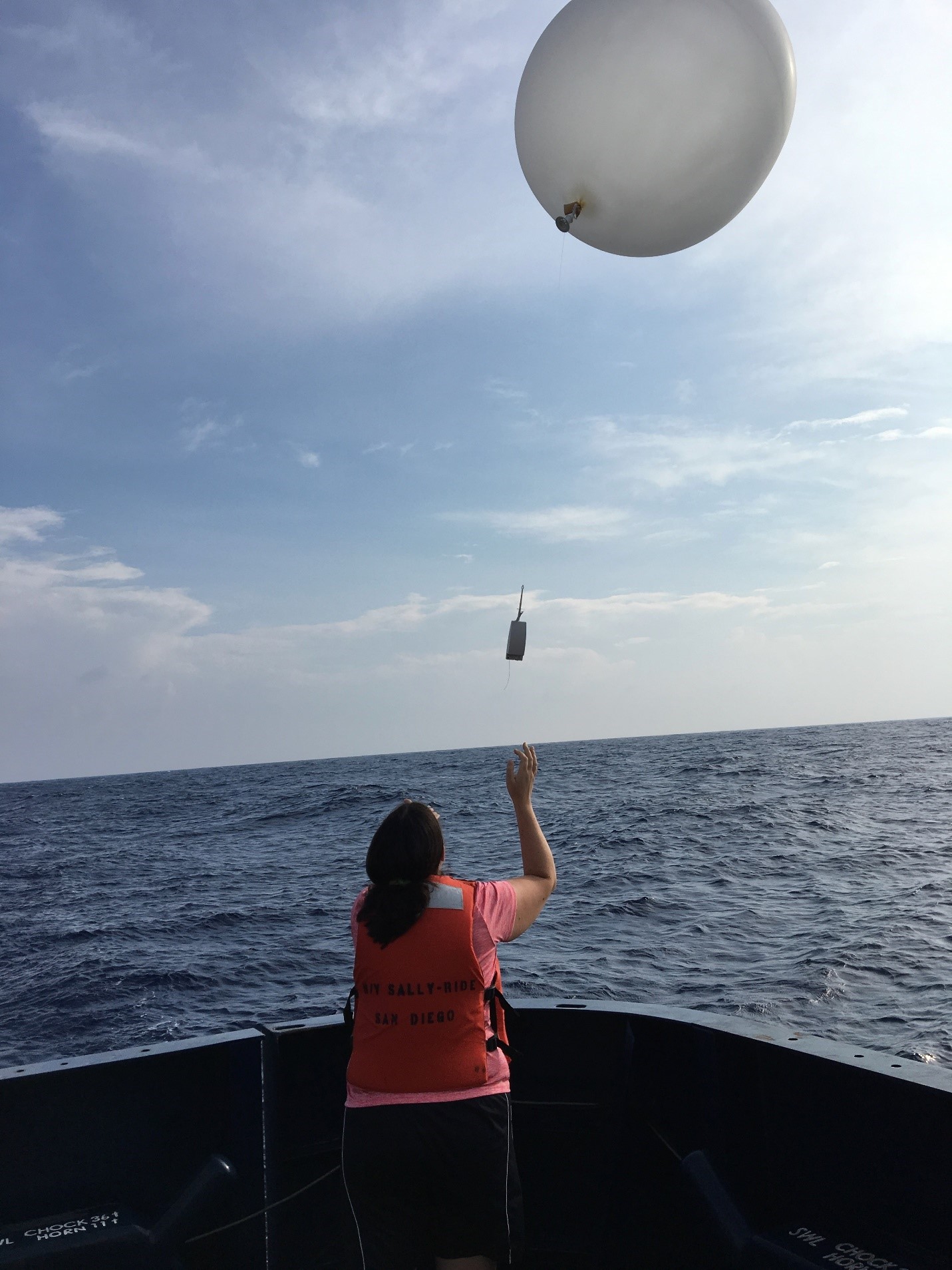
Dolan grew up in Highlands Ranch, Colorado, a dozen miles south of Denver.
As a child, she was fascinated by storms, especially hail storms, and in school soon turned what she calls her “engineering brain” to science and math. In high school, Dolan reveled in her chemistry and physics classes, along with the bubbling Bunsen burners and exciting experiments they entailed.
The hands-on part of science grew into a preference for the applied over the theoretical.
As an undergraduate at Colorado State University (B.S. Physics, 2001), Dolan finally chose physics over chemistry in her second year. She gravitated towards electricity, magnetism, and applied physics. Quantum mechanics and theoretical physics, says Dolan, involved “all those equations and thinking about things we can’t see.”
Dolan also picked up on the excitement of field work, partly because of a summer job processing radar data from the Amazon for Rutledge, now her ASR-project partner and frequent coauthor.
The next summer, she swerved back to her chemistry interests during a Research Experiences for Undergraduates stint in oceanography at the University of Rhode Island, where she worked with a mentor on an instrument to measure levels of carbon dioxide dissolved in seawater.
“But I decided I really liked the field aspect and the radar data,” says Dolan, who in January 2002 enrolled in graduate school for atmospheric science at Colorado State (M.S. 2005, PhD, 2009).
‘Amazing Perspective’
In graduate school, with Rutledge as her mentor, Dolan saw her interest in radar just “growing and growing,” along with her enduring fascination with clouds.
And with field work.
Now a veteran of 10 campaigns as a radar scientist, Dolan first set off into the outdoors for data in 2002, running an NPOL radar in Florida for NASA during the Cirrus Regional Study of Tropical Anvils and Cirrus Layers-Florida Area Cirrus Experiment (CRYSTAL-FACE).
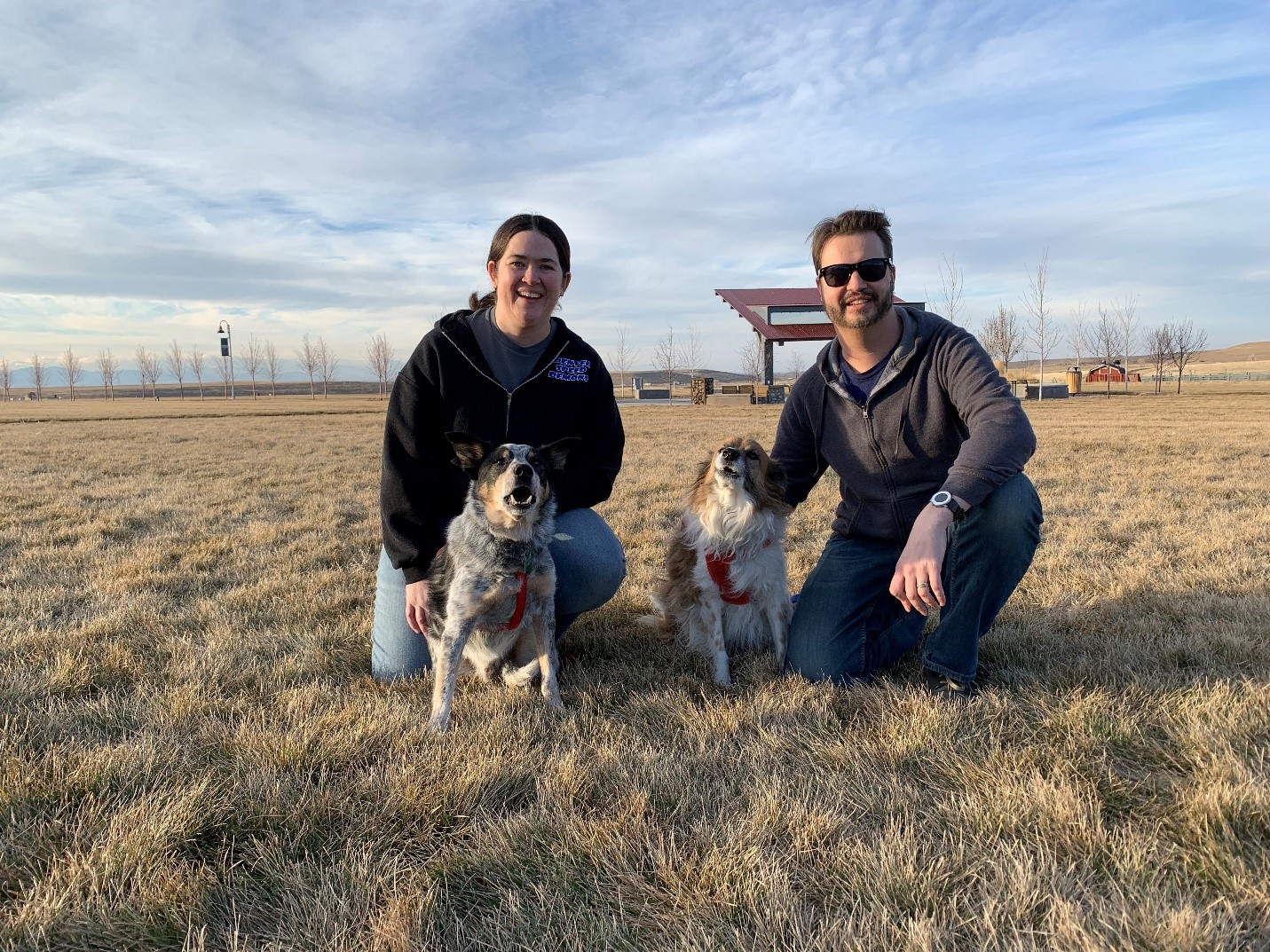
Fast forward to 2019. In October, she returned from five weeks of field work during the Office of Naval Research’s Propagation of Intra-Seasonal Tropical OscillatioNs (PISTON) campaign in the western Pacific Ocean.
“We were outrunning two typhoons,” says Dolan.
She has also traveled to Finland, Mexico, the Maldives, and all over the western United States to pull down radar data from the skies.
“Being out in the field adds amazing perspective,” Dolan says. “You get to be there, seeing what you’re sampling.”
Meanwhile, she and her husband Ryan Cabell, a software engineer at the National Center for Atmospheric Research (NCAR), are running their own field campaign, of sorts. It’s called parenting. They have two daughters, ages 7 and 4.
“It’s amazing how their brains work,” says Dolan.
Mom’s brain, too.
# # #This work was supported by the U.S. Department of Energy’s Office of Science, through the Biological and Environmental Research program as part of the Atmospheric System Research program.

